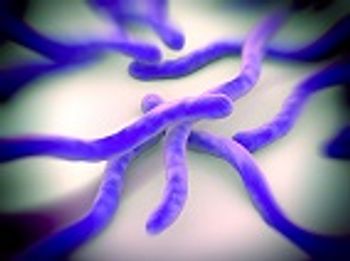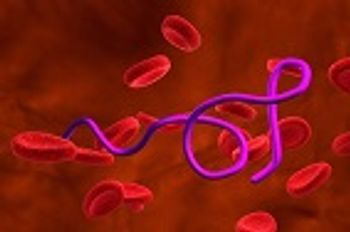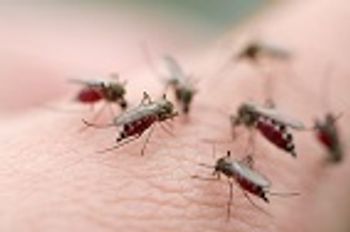
Lyme Disease
Latest News
Latest Videos

More News

Holly Frost, MD, pediatrics physician scientist at the Marshfield Clinic Research Foundation, in Minocqua, Wisconsin, discusses the differential diagnosis of Powassan virus.

A recent study found that azithromycin topical gel can protect against Lyme disease if administered within 72 hours of a tick bite.

Holly Frost, MD, pediatrics physician scientist at the Marshfield Clinic Research Foundation, in Minocqua, Wisconsin, explains why it is important for healthcare practitioners to be aware of Powassan virus.

A new study found that Lyme disease cases in the Western United States could rise as a result of weather changes caused by El Niño.

Holly Frost, MD, pediatrics physician scientist at the Marshfield Clinic Research Foundation, in Minocqua, Wisconsin, explains what Powassan virus is.

Researchers say Morgellons disease is associated with Lyme disease, and the colorful filaments protruding from the skin are comprised of keratin and collagen.

Richard Krieger, MD, chairman of the Infection Control Committee at Chilton Medical Center, and infectious disease physician at ID care, discusses if Lyme disease poses a bigger threat than Zika virus in New Jersey.

Richard Krieger, MD, chairman of the Infection Control Committee at Chilton Medical Center, and infectious disease physician at ID care, recommends how to reduce the risk of Lyme disease.

Richard Krieger, MD, chairman of the Infection Control Committee at Chilton Medical Center, and infectious disease physician at ID care, discusses whether the new Lyme-carrying bacteria, Borrelia mayonii, has different effects than Borrelia burgdorferi.

Richard Krieger, MD, chairman of the Infection Control Committee at Chilton Medical Center, and infectious disease physician at ID care, discusses how symptoms associated with Lyme arthritis differ from those of rheumatoid arthritis.

Richard Krieger, MD, chairman of the Infection Control Committee at Chilton Medical Center, and infectious disease physician at ID care, explains how clinicians should manage patients with so-called “chronic Lyme disease.”

Richard Krieger, MD, chairman of the Infection Control Committee at Chilton Medical Center, and infectious disease physician at ID care, discusses tests used to diagnose Lyme disease and the potential consequences of misdiagnosis.

Richard Krieger, MD, chairman of the Infection Control Committee at Chilton Medical Center, and infectious disease physician at ID care, provides a brief overview of Lyme disease.

Richard Krieger, MD, chairman of the Infection Control Committee at Chilton Medical Center, and infectious disease physician at ID care, discusses how clinicians go about diagnosing Lyme disease.

A recent study has shown that Borrelia burgdorferi, the bacterium that causes Lyme disease, spreads throughout the body by crawling along the inside wall—the endothelium—of blood vessels.

Administration of cholesterol-lowering statins to mice reduced the number of Borrelia burgdorferi bacteria in the rodents and helped to prevent the spread of Lyme disease, a new study has suggested.

In a webinar presented on June 9 by The Department of Health and Human Services (HHS) Working Group on Lyme and Other Tick-borne Diseases, a panel of speakers discussed trends in tick-borne diseases (TBDs) in the United States.

“Vector-borne diseases are among the most complex of all infectious diseases to prevent and control. Not only is it difficult to predict the habits of mosquitoes, ticks, and fleas, but most vector-borne viruses or bacteria infect animals as well as humans,” according to the Centers for Disease Control and Prevention (CDC).

The results of a double-blind, randomized, placebo-controlled trial in patients with persistent symptoms of Lyme disease have shown that long-term antibiotic treatment does not lead to better outcomes than short-term antibiotic treatment does.

Up until now, B. burgdorferi was the only species of bacteria believed to cause the tick-borne illness.

Patients with Lyme disease know that their symptoms and the effects of the disease can be debilitating and last for a long time, often persisting even after treatment.









































































































































































































































































































